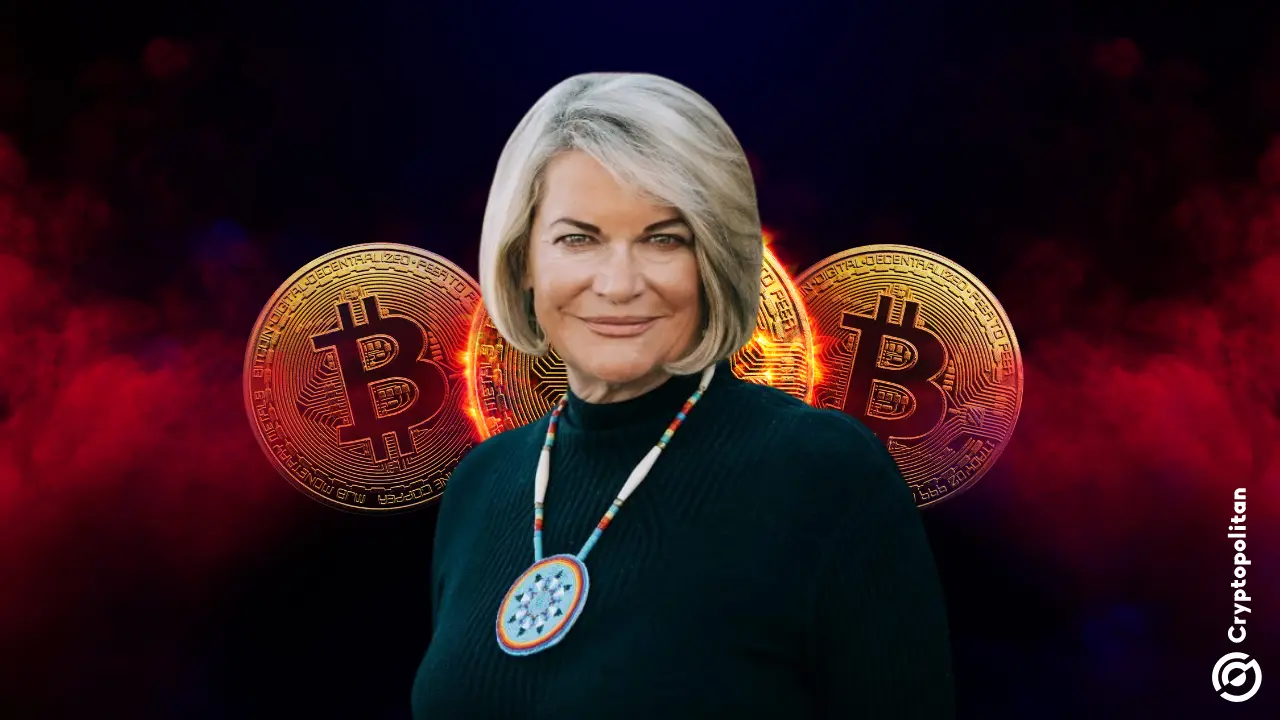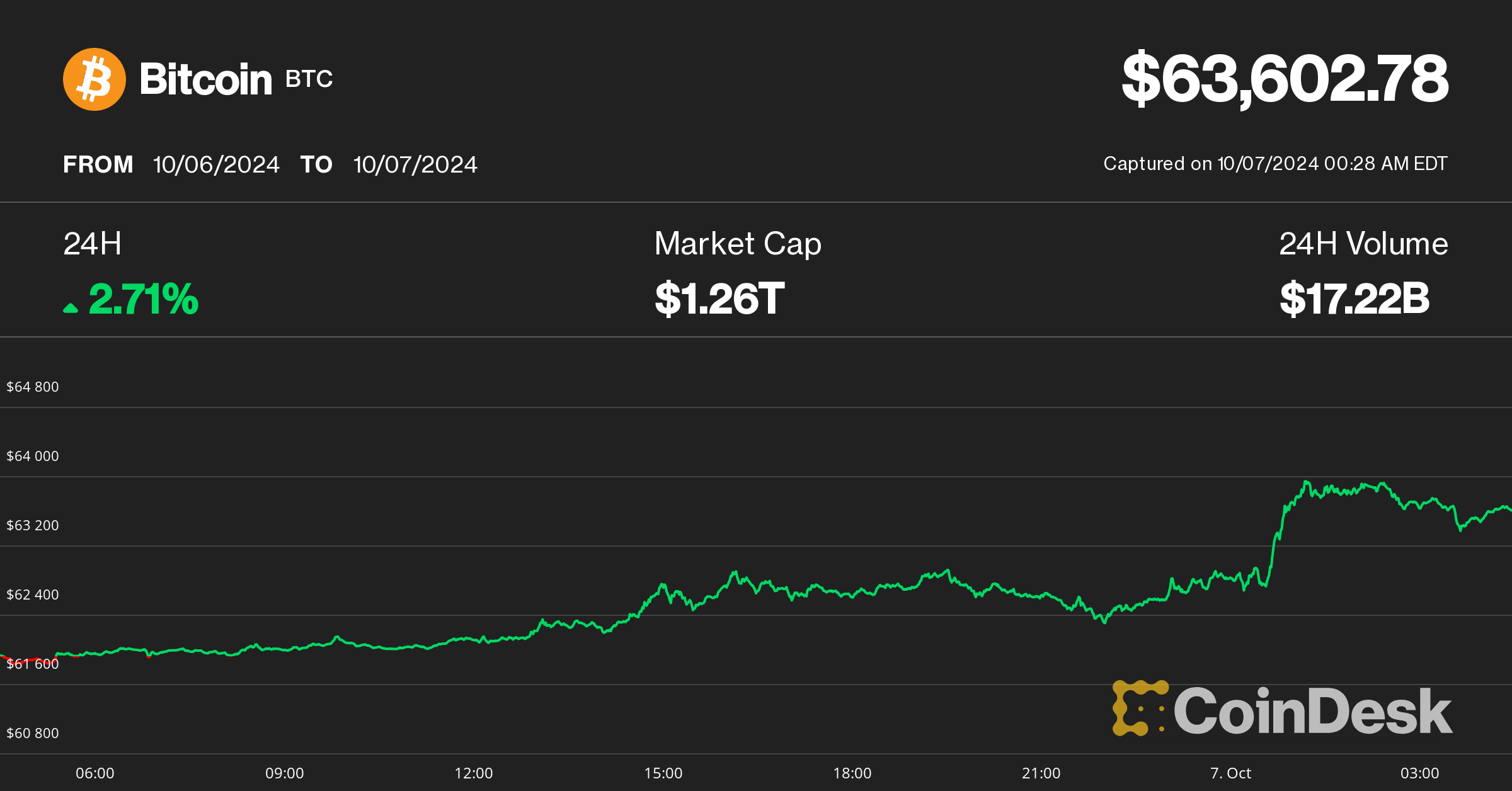The Federal Reserve, a beacon of monetary policy, stands firm against the tide of market expectations for imminent interest rate cuts. The core message from three Fed officials is crystal clear: data drives decisions, and the current numbers don’t scream ‘ease up’ just yet. In the high-stakes world of economic policy, where every decimal point matters, the Fed’s stance signals a cautious approach to adjusting the levers of the economy.
Mary Daly, President of the San Francisco Fed, articulated this sentiment during a Fox Business interview. Her words ring with caution, emphasizing that while it’s prudent to anticipate policy adjustments to prevent strangling the economy, it’s too soon to call for rate cuts. Daly, a key player in monetary policy decisions this year, seeks consistent evidence of declining inflation and labor market stability before endorsing any rate adjustments.
Navigating Uncertain Waters: Fed’s Balancing Act
As the Fed navigates these choppy economic waters, the likelihood of a March rate cut has diminished significantly, with odds falling below 50%. This shift reflects a broader skepticism within the Fed, countering market expectations of deep rate reductions in 2023. Atlanta Fed President Raphael Bostic remains open-minded but seeks convincing progress towards a 2% inflation target before abandoning the current restrictive stance.
The narrative unfolding around the Fed’s future actions is complex and multifaceted. Policymakers’ projections hint at possible rate cuts in 2024, but these are contingent on upcoming inflation data, including key indicators due soon. Austan Goolsbee of the Chicago Fed points out that surprising progress on inflation could lead to recalibrations in the level of restrictiveness. This cautious optimism indicates that the Fed is not yet ready to pivot towards easing.
The Week Ahead: Key Economic Reports and Fed’s Stance
With eyes fixed on the horizon, two crucial economic reports loom large, potentially influencing the Fed’s direction. The upcoming GDP estimate for Q4 2023 is expected to show a growth rate of 1.7%, the slowest since a decline in Q2 2022. This data, coupled with December’s personal consumption expenditures price index, will offer valuable insights into the economy’s health and inflation trajectory. The core PCE prices, excluding volatile food and energy components, are anticipated to show a modest increase, but still short of the Fed’s 2% target.
The fed funds futures market, a thermometer of market expectations, reflects this cautious sentiment. Odds of a rate cut at the upcoming January 30-31 meeting are virtually nil. Furthermore, expectations for a rate cut in March have plummeted, coinciding with strong consumer spending growth and a drop in jobless claims. This data cocktail has diluted the market’s thirst for rate cuts, forcing a reassessment of the Fed’s likely path.
Meanwhile, Goolsbee highlights housing inflation as a critical area of focus. Despite the CPI report indicating a rise in shelter inflation, other metrics suggest a softer trajectory. This divergence underscores the complexity of the inflation landscape and the Fed’s challenge in deciphering these mixed signals.
As we stand at the crossroads of economic policy and market expectations, the Fed’s steadfast reliance on data rather than speculation remains its guiding principle. The central bank’s next move, whether a hike or a cut, hinges on the evolving economic narrative, shaped by a confluence of factors including market dynamics, geopolitical tensions, and unexpected economic shifts.





